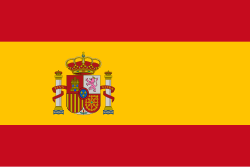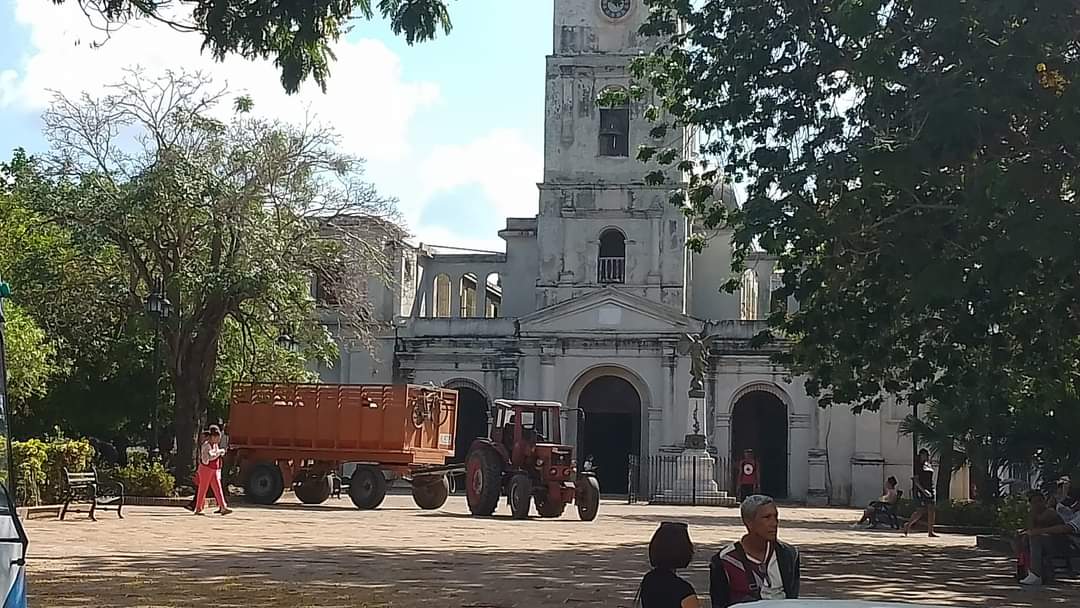A few days ago, a photograph circulated through the social network Facebook showing a cart pulled by a tractor, located inside “Carlos Manuel de Céspedes” Park, which Holguin people called since time immemorial San José Park, the one with leafy trees and cobblestone promenades.
The publication, made by the renowned historian Georgelina Miranda Peláez, became the denunciation of dozens of users who received with astonishment and discomfort that image, proof of how much the law is violated, in full view of everyone.
In this regard, architect Oscar Bellido said: “We cannot allow this barbarism to continue, we must demand that the company of Servicios Comunales inform about measures taken in this regard”, while the academic and vice president of the Union of Historians of Cuba in Holguin, Victor Aguilera, said: “We have reached a level of indolence so great that it is almost normal to see barbarities like this one”.
What a contradiction! Such an event had occurred on April 4, the date on which we remembered the founding, in 1720, of the town of San Isidoro. Just that day would conclude the sessions of the twenty-second Workshop “The city we want”, a common space for researchers, architects, historians and communicators to raise their voices for the care of a Holguin tercentenary.
The offending driver (or whoever “indicated” him to maneuver that vehicle inside the park) is probably unaware that the Holguin Plaza System constitutes a Protected Zone and, even more, that last March the General Law for the Protection of Cultural and Natural Heritage was put into effect.
The regulation had been approved in May 2022 by the National Assembly of People’s Power and brings together in the same legal document everything related to Cuba’s cultural and national heritage, while reinforcing the ways to make its protection effective.
As highlighted by said law, the protection of heritage is consubstantial to the strengthening of national identity.
Solid precedents support the approval of this provision, such as the foundation of the first museums, the creation of the Office of the Historian of Havana, the first regulations for the protection of National Monuments and the system of institutions that make up, among others, the Provincial Centers of Cultural Heritage and the Offices of Monuments and Historic Sites.
As a result of what we have experienced, several questions arise: Do we know the laws in depth enough to respect them and become promoters and watchdogs of their compliance? Are we capable of courageously denouncing facts like this, assuming the responsibility of citizens and children of a city like ours?
Unfortunately, these behaviors are repeated daily with total impunity, to cite just two examples, the bicycles and skateboards that move within the parks at full speed and the children who defy gravity on the statue of Major General Calixto Garcia. But even more terrible than this savage aggression to our property and identity is that before our eyes a monument, a square, an effigy is endangered, and we remain motionless.
With information by Aniel Santiesteban García
- Cuban Parliament Analyzes Implementation of Program to Revitalize the Economy - 18 de December de 2025
- Customs officers in Holguin Reinforces Anti-Drug Control Efforts - 18 de December de 2025
- Central Bank of Cuba to Implement Floating Exchange Rate in Foreign Exchange Sales - 18 de December de 2025

